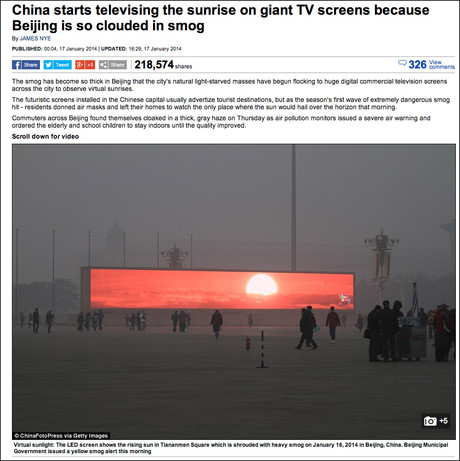
"Any engaged citizen today should have a basic idea about how to tell if an image has been manipulated, if a video seems a bit off, if a tweet has misinformation," says Craig Silverman, editor of the Verification Handbook, to be released next week.
As director of content at Spundge, editor of Regret the Error and Poynter adjunct faculty member, he has ample experience in the field of verification.
Although largely written by and for journalists, Silverman said the book was also aimed at aid agencies, people involved in human rights work and the wider digital community.
"There are some initial baseline [verification] skills that I think there's a responsibility for all of us as journalists to help everyone get a handle on," Silverman told Journalism.co.uk. "That helps to weed out some of the misinformation so it doesn't spread quite as easily as it does now."
The book will feature chapters on verification in breaking news situations; verifying user-generated content, images and video; and tools from around the web to assist in verification.
Journalists from around the world have also contributed to the book, sharing skills and tools from their daily work.
"The book is filled with so much useful guidance, both from a tools and techniques perspective but also in how you approach a problem like a video that you need to verify," Silverman explained.
The tenets of verification – questioning the source as well as the content – has always been the same, said Silverman, but the "networked, connected world" has enabled a much faster spread of information, whether true or not.
As such, people in general – but journalists especially – should have an objective mindset when receiving new information, especially through social media, he added.
"It's really important for people to understand, even on a basic level, that when something breaks – a crisis, a natural disaster – there will be misinformation as a part of it," Silverman said. "So giving them tools and knowledge is really important."
A recent example of how easily misinformation can spread was the photograph of a large screen in a city square, purportedly in Beijing, broadcasting a sun through the smoggy twilight.
The Daily Mail reported that China had started "televising the sunrise on giant TV screens because Beijing is so clouded in smog", with a number of news outlets including CBS News and Time following with similar reports.

Screenshot from the MailOnline
The screen is in fact for digital commercials, as a Business Insider article linked to by the Daily Mail points out, and the sunrise clip is apparently a clip from a tourism ad for Shandong province, as noted by Tech In Asia and a subsequent editorial in Quartz.
Both CBS News and Times have since issued an update to their articles to clarify that the sunrise was part of a tourism advert.
"I thought the Quartz take on it was really good because this [story] spread, and the media picked it up, because they believed that it could be true," Silverman said. "Because they've heard that China is so full of smog, why wouldn't this happen?
"I think that a lot of the hoaxes that really spread are things where people think 'yeah that's probably true, I can see that happening'. That's what a lot of good hoaxers rely on."
The Verification Handbook is due to be published free online on Tuesday 28 January by the European Journalism Centre. PDF, e-book and print versions will also be released on 7 February.
Free daily newsletter
If you like our news and feature articles, you can sign up to receive our free daily (Mon-Fri) email newsletter (mobile friendly).
Related articles
- 40 essential newsletters every journalist should read
- 15 online communities for journalists you should know about
- Digital journalism expert Alastair Reid on TikTok, AI and burnout
- Investigating human trafficking, with ICIJ lead reporter Katie McQue
- The Bristol Cable embarks on solutions journalism project about the future of cities









